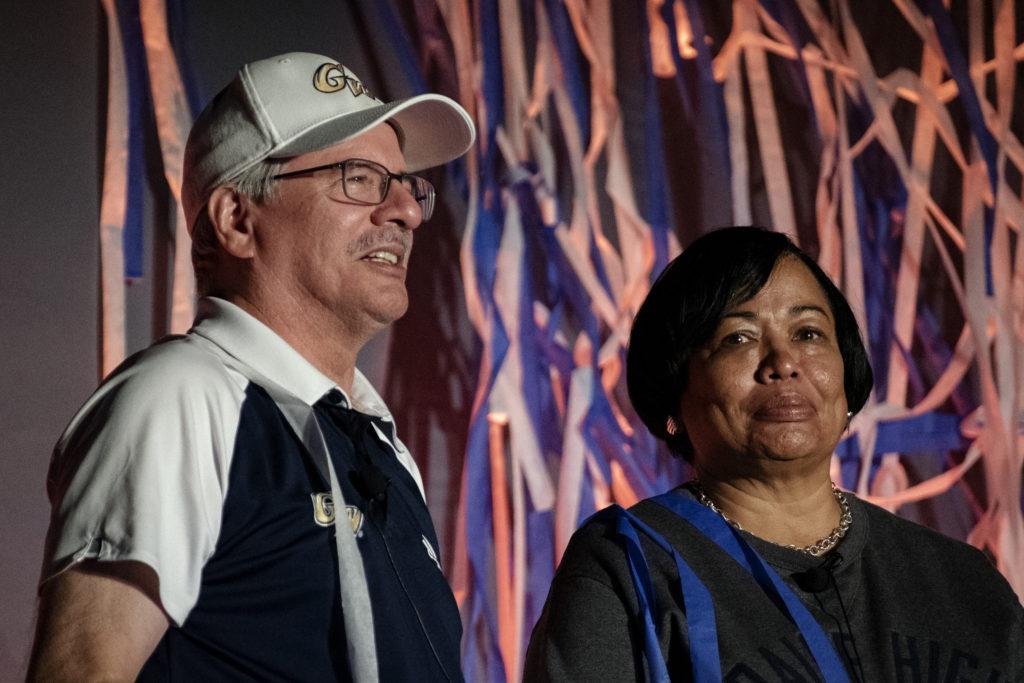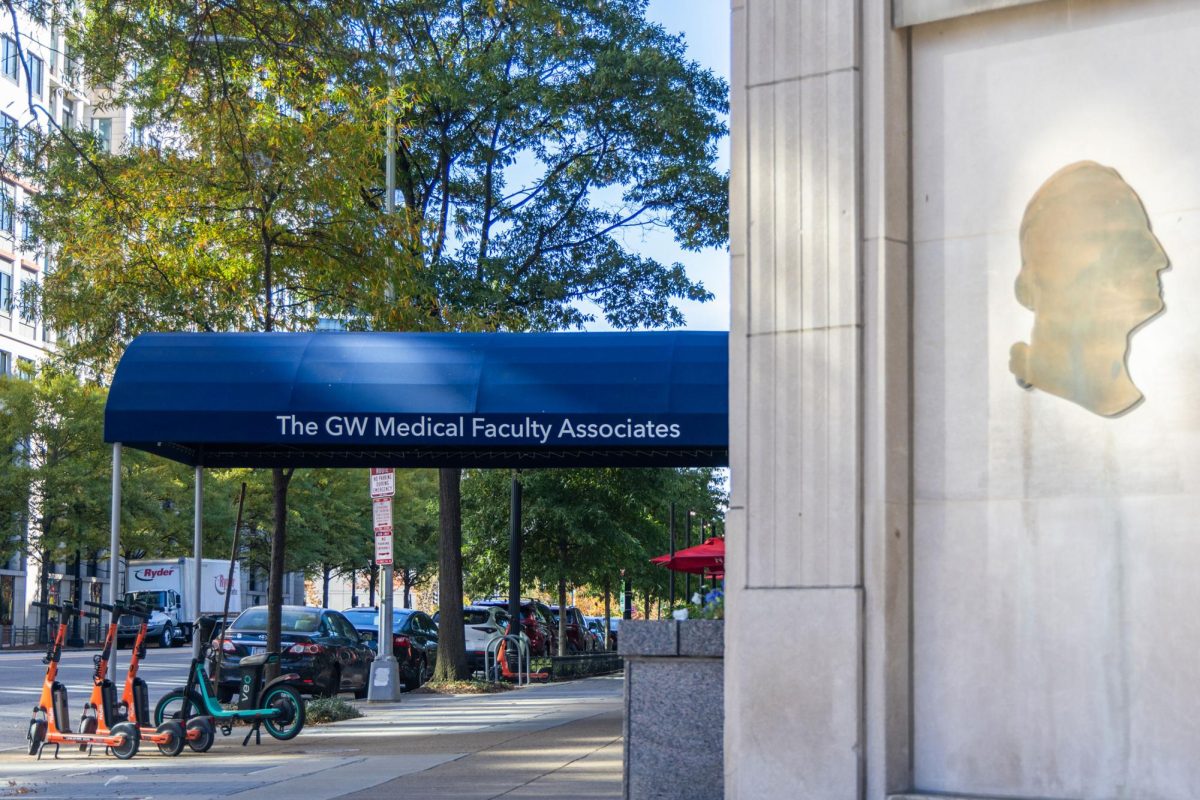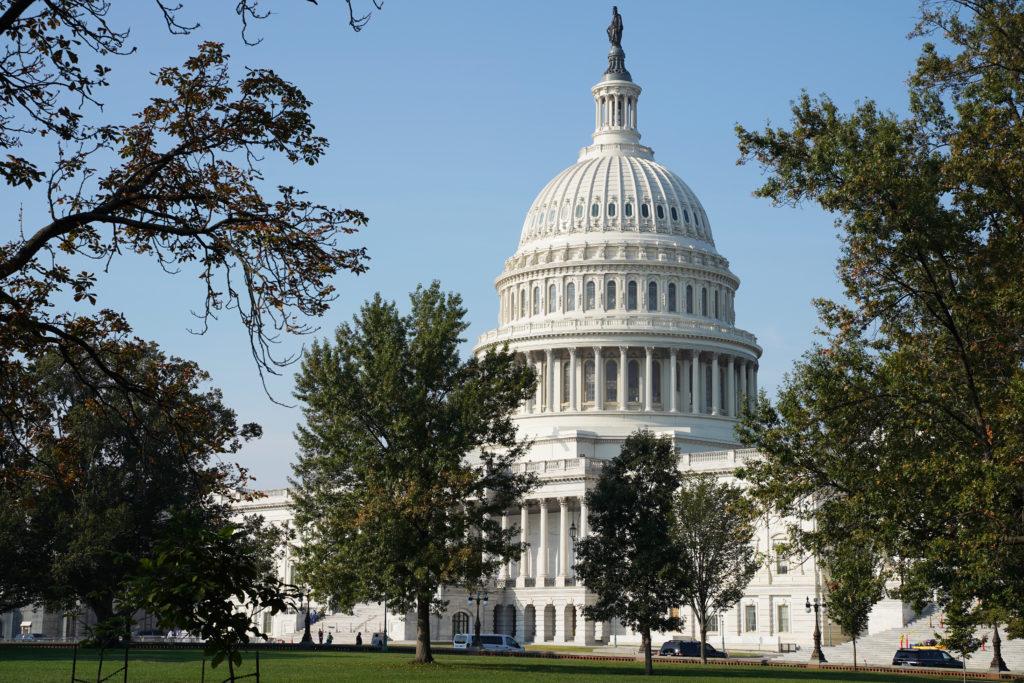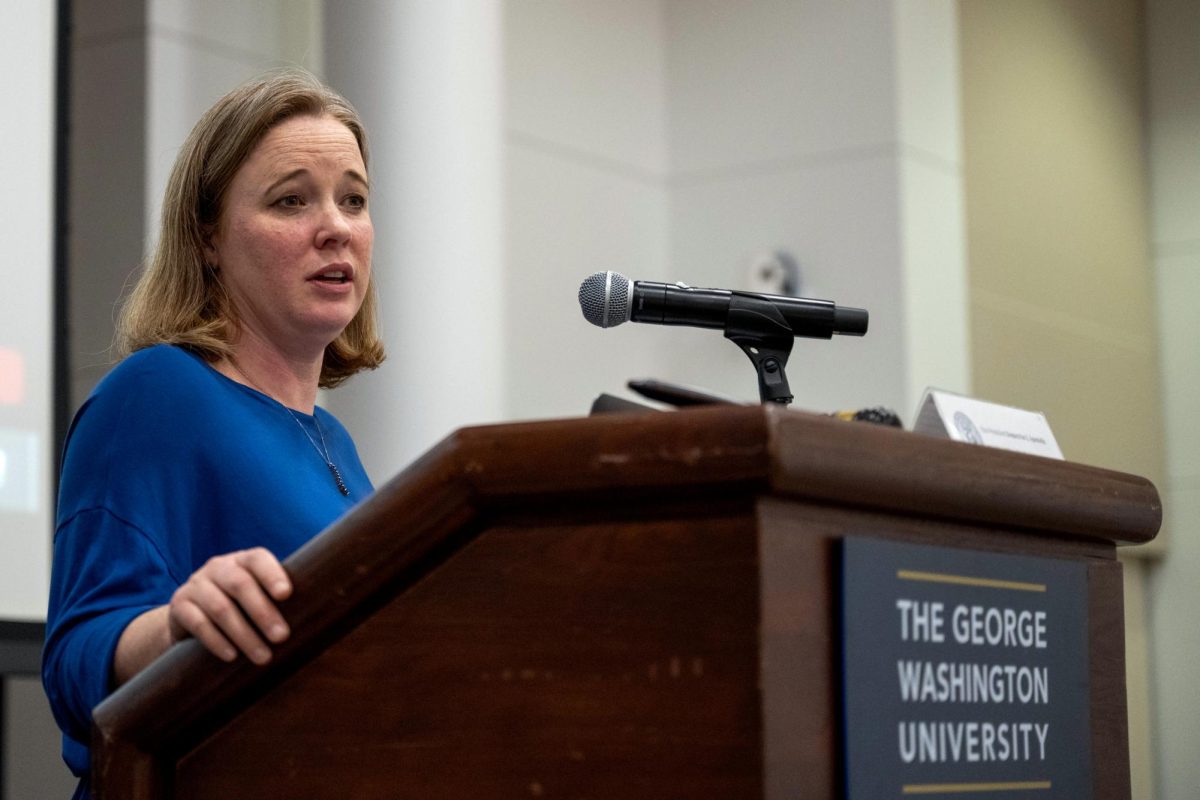GW’s bicentennial celebrations are forecasted to cost $2.8 million this fiscal year, more than double the budgeted amount, according to a Faculty Senate committee report released Friday.
Officials began celebrating the University’s bicentennial virtually in February and did not report any related spending last fiscal year, which ended June 30, according to the fiscal planning and budgeting committee’s report. But as campus reopened and celebrations moved in person this fall, costs were forecasted to surpass the $1.3 million budgeted this fiscal year based on the committee’s Aug. 31 projections.
Bicentennial celebrations culminated with a three-day, in-person Centuries Celebration Weekend last month after campus reopened.
Officials previously declined to provide the cost of the weekend-long celebration.
The culminating event also included a makeup Commencement held on the National Mall for the classes of 2020 and 2021, which was forecasted to cost $2.1 million, according to the report.
Joe Cordes, a faculty senator and the committee’s co-chair, said the University’s finances are “pretty good” overall – a sign that GW has largely “survived” the pandemic after last year’s budget cuts.
“This is not a university that right now is struggling financially,” Cordes said at the meeting.
The report forecasted a $10.1 million surplus this fiscal year, slightly above the budgeted amount. Faculty expressed concerns in April that the budget should direct more funds to research instead of setting aside money for a surplus.
The University’s stable financial footing comes after administrators implemented controversial cuts to close last fiscal year’s $180 million projected budget gap, vowing to reduce expenses instead of using the endowment. GW’s budget mitigation efforts included layoffs, a freeze on most hirings and capital projects and pay cuts for top administrators.
Ellen Zane, the chair of the Board of Trustees’ finance committee, said at a Board meeting last month that the University ultimately broke even on its net operating income last year as a result of the mitigation.
GW’s endowment grew by 30.8 percent during the fiscal year, totaling about $300 million, which Cordes called a “strong” performance.
“The market then turned around and has been very, very strong,” Cordes said. “The University has benefited from that. Its performance in this area has been comparable to that of other universities.”
Officials said last September that they planned to use up to $20 million in unrestricted assets to close the remainder of the gap. Officials ultimately only used about $10 million, which will be repaid over the next three years, according to the report.
Cordes’ report states that officials budgeted $8.4 million on pandemic mitigation efforts this fiscal year – including the cost of GW’s in-house COVID-19 testing – down from the $17.9 million budgeted last year. Officials have used roughly $20 million in funding from federal stimulus packages during the last year and a half to defray costs related to the pandemic.
The report also states that officials budgeted $1 million on dining lease buyouts, but they now project an expense of roughly $800,000. Officials announced plans in late August to revamp the University’s dining system with the addition of three new dining halls, one of which will be located in Shenkman Hall, where officials said they plan to allow current leases to expire.
Erika Filter, Nicholas Pasion and Zachary Blackburn contributed reporting.








